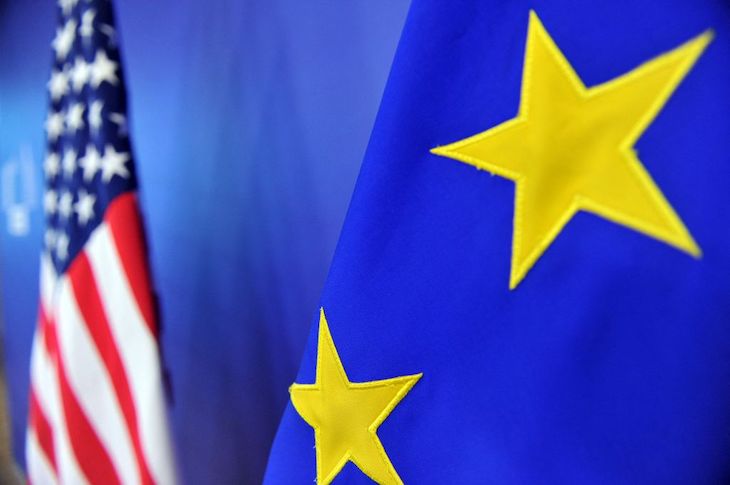Every country that imposed a lockdown during the pandemic accepted that there would be an economic price to pay. But governments hoped that, on this measure, their own nation would fare better than others. The objective here was simple: don’t be the ugliest country of the bunch. Now, with some distance between those lockdowns and life today, we’re returning to a more established form of economic competition. Rather than focusing on whose economy looks particularly bad, the emphasis has returned to who is looking good. And on this metric, the United States is putting Europe – and Britain – to shame.
The US government reports that its economy grew by 2.4 per cent on an annualised basis in the second quarter of the year, from April to June. Rising interest rates, which hit a 22-year high this week, have seemingly failed to damper consumer activity, which have seen the United States produce growth results that would be considered decent at any time – not least as the Federal Reserve tries to get a handle on high inflation.
Compared to Europe, this is the stuff of dreams
A combination of wages now outpacing the headline inflation rate and excess household savings left over from the pandemic are being attributed to the country’s economic boost. Consumers are thought to be fairly upbeat about the substantial drop in the inflation rate: down from a peak of 9 per cent on the year in 2022 to 3 per cent on the year now (compared to the UK’s 7.9 per cent). Still, just how much better the US economy could be doing remains up for debate – a topic that no doubt will lead the Republican presidential primary debates which start next month. The latest Gallup Economic Confidence index shows that while attitudes towards the economy are improving, overall they remain very negative: rising ‘from -43 in May to -32 in June…the highest it has been since January 2022’.
Compared to Europe, this is the stuff of dreams. Today we learn that Germany’s economy flatlined in the same period, leading many to forecast that the country faces a downward turn in the future, having already suffered recession. Capital Economics notes that Germany has become the ‘laggard’ among major economies: a status it is unlikely to shake soon as ‘monetary tightening will take an increasing toll on activity in the second half of this year.’
France, meanwhile, reports a 0.5 per cent uptick in GDP in its second quarter, while Spain reports 0.4 per cent growth. Perhaps something to boast about compared to Germany, but certainly not the States.
Where does Britain stand? Amongst major economies, predictions remain towards the bottom of the list. The International Monetary Fund reports this week that despite the country’s 0.7 percentage points upgrade in their forecasts, economic growth in the UK is only slightly ahead of Germany. It’s forecast of 0.4 per cent growth this year match EY ITEM Club’s Summer Forecast published this week, which have lifted their estimates for 2023 from 0.2 per cent to 0.4 per cent.
As I’ve noted before, there is still no major difference between optimistic and pessimistic forecasts for economic growth in Britain this year. They still largely range between a stagnant economy and a very small uptick in GDP – with a sprinkle of predictions for a short and shallow recession, too. Of course, it will be better for Britain to land on the sunnier side of these forecasts (and good for the government too, which has made one of its five major pledges to get the economy growing). But all forecasts pale in comparison to what is being achieved in the United States at the moment. Yet another reminder of how inflation bites, and the substantial merits of getting that headline figure down.







Comments